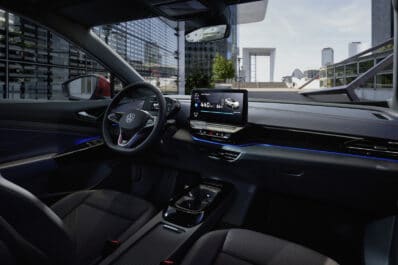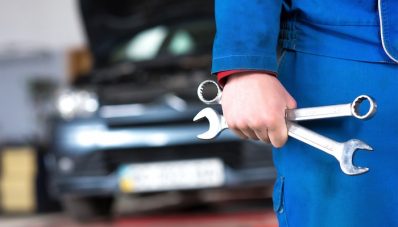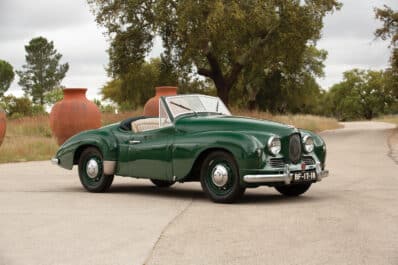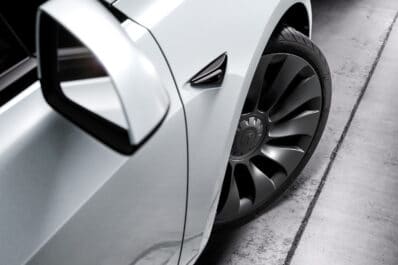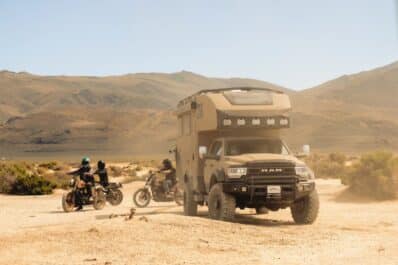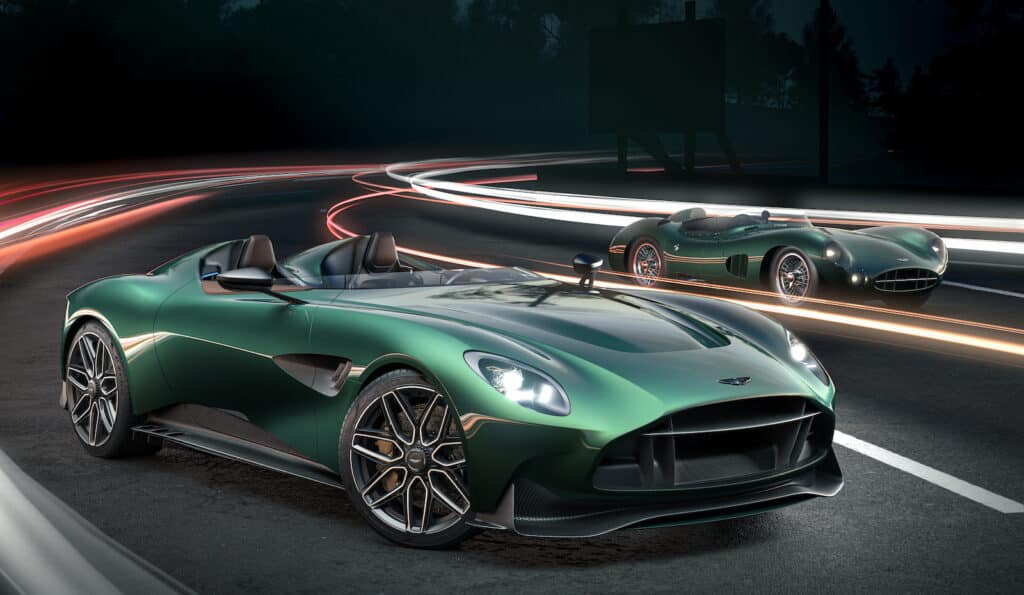
Aston Martin unveiled the DBR22 Monday, an open cockpit two-seater concept that will debut this week in Monterey, California.
Intended to commemorate the marque’s classic racers like the DBR1 and DB3S, it’s also meant to promote the brand’s bespoke service, Q by Aston Martin, which is celebrating its 10th anniversary.
The DBR22’s twin-turbocharged 5.2-liter V-12 generates 705 horsepower and 555 pound-feet of torque, furnishing a 0 to 60 mph time of 3.4 seconds on its way to a top speed of 198 mph. According to the automaker, the DBR22 design idea might serve as the basis for a production vehicle for Q by Aston Martin customers.
Modern technology underpins its classic design
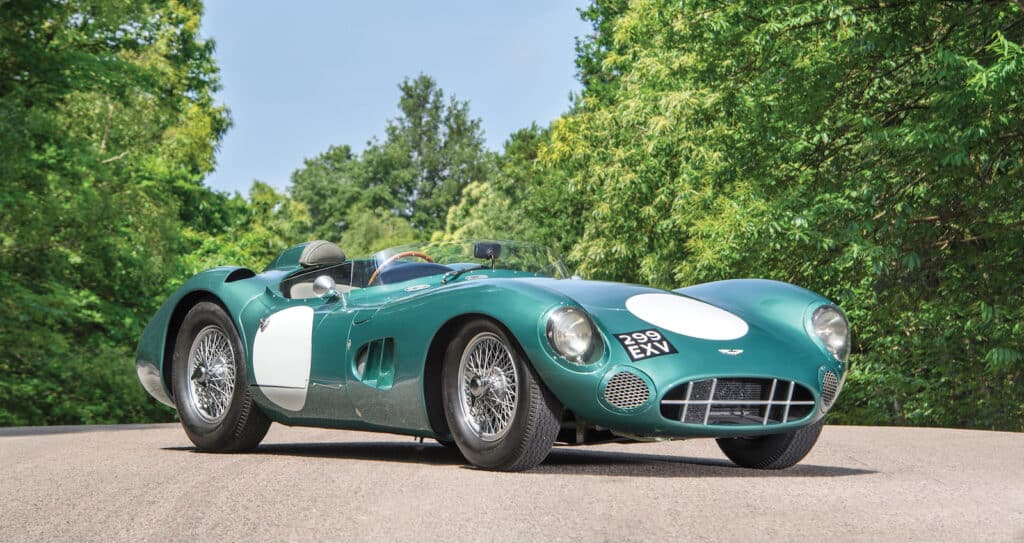
The DBR22’a shapely form clearly comes from the DB3S and DBR1, although its coach-built body is completely new. Instead of the veins typically found on Aston Martin production vehicles, the front grille features a distinctive carbon fiber design inspired by those used by both race cars.
The DBR22 rides on new 21-inch alloy wheels with center-locking hubs. Behind the seats are twin streamlined enclosures to enhance airflow, while a perforated panel below the taillights allow hot air to vent out fo the vehicle. Inside, you won’t find a spartan race car cockpit, but an exhaustively contemporary cabin, trimmed in leather and carbon fiber.
“We set our design systems to ‘hyper-drive’, pushing the exploration of formalism further and endeavoring to express a future in the here today where could we go with the surfaces, proportion and form,” said Marek Reichman, Aston Martin chief creative officer.
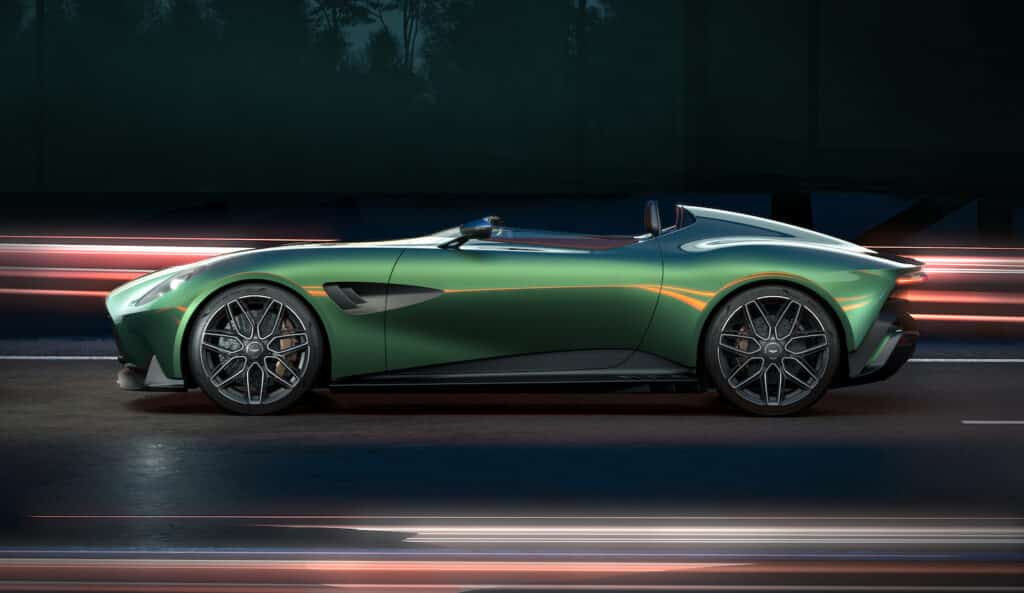
“Combining this approach with advanced process, technology, and materials, we’ve effectively modernized our racing bloodline and created a new pedigree.”
Uniquely, the DBR22 employs a 3-D printed rear subframe, a first for Aston Martin. The aluminum 3D-printed components are then fused together to create the final subframe, which results in significant weight savings and no loss of rigidity.
“DBR22 showcases Aston Martin’s unique capabilities, with world-class design combined with an agile, intelligent approach to engineering and production,” Aston Martin’s Chief Technical Officer Roberto Fedeli said.
Playing to its past
Looking at the new DBR22, it’s hard not to see Aston Martin’s storied past, particularly in racing.
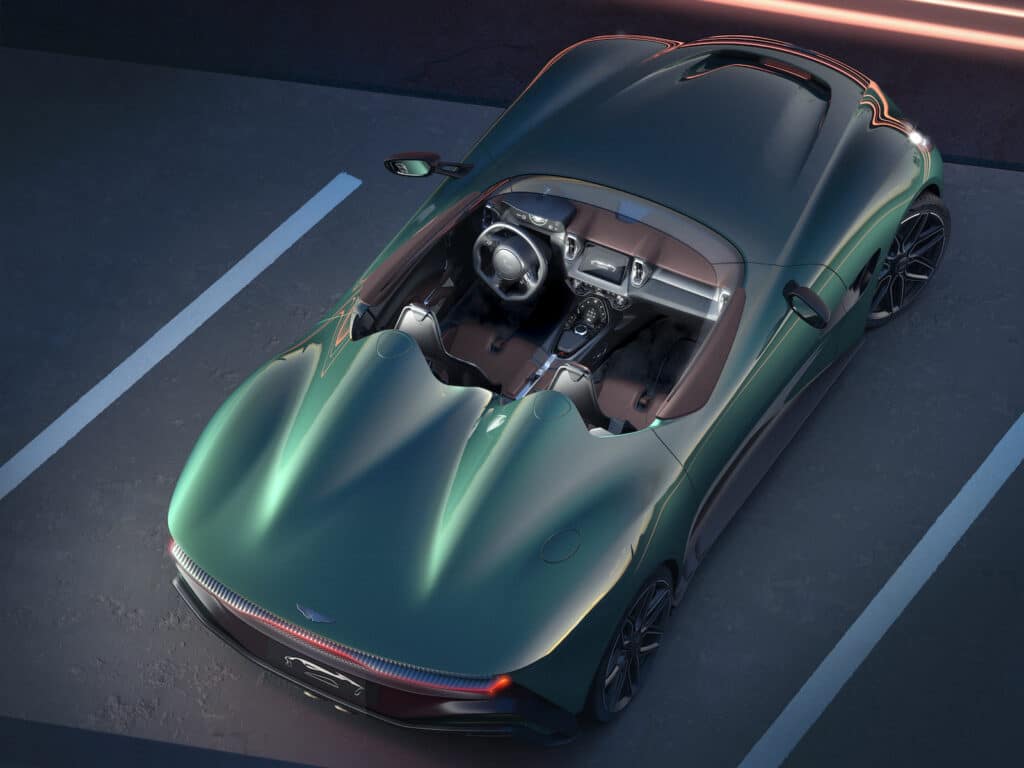
David Brown, owner of Aston Martin from 1947 through 1972, had an ambition of winning the Le Mans 24 Hours event since 1949, but his DB1, DB2 and DB3 were underpowered. Enter the DB3S in 1953. Frank Feeley, Aston Martin’s designer through 1956, created the DB3S’s curvaceous alloy body that made Aston Martin a legitimate Le Mans contender, competing for outright victories, but never finishing higher than its second overall spot in 1955.
Thus emerged the DBR1, a refinement of the DB3’s design language and one of the most significant Aston Martins ever built. Fitted with a double overhead twin-cam 254-hp 6-cylinder and a new, magnesium-alloy body lightweight space frame chassis, it would go on to win the Spa Grand Prix in 1957, the Nürburgring 1000 and the Tourist Trophy in 1958.
It culminated with another victory at Nürburgring in 1959, followed by a first place victory at Le Mans and winning the World Championship that same year. Some of racing’s most legendary drivers raced the DBR1, including Roy Salvadori, Stirling Moss, Jack Brabham and Carroll Shelby. But the cost of racing proved too high for tiny Aston Martin, and the automaker withdrew from the sport.
Other Aston Martin one-offs
This isn’t the first time that Aston Martin has revealed a mouth-watering, lust-inducing heritage concept or a series of low-production models through its bespoke Q by Aston Martin division.
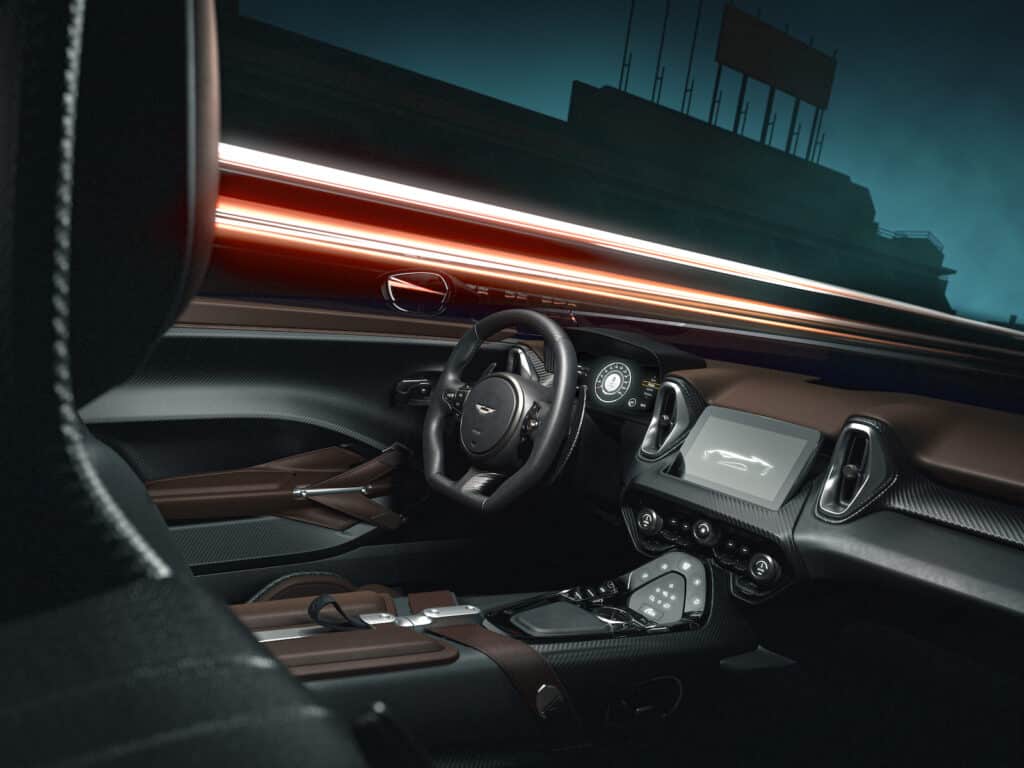
There was the 2015 Aston Martin Vulcan, named after the British Avro Vulcan strategic bomber. This track-focused 800-hp V-12-powered coupe features a mid-mounted engine, carbon-fiber torque tube and driveshaft, fixed windows, and no infotainment system or airbags. Your entertainment comes strictly from the track. Twenty-four were built.
Then there’s the one-off Aston Martin Victor, a 2021 retro-style supercar that drew its inspiration from ’70s- and ’80s-era V8 Vantage models. It utilizes the One-77 prototype’s carbon fiber monocoque, along with some bits from the Vulcan. The Victor’s 7.3-liter V-12 engine to unleash 836 hp and 614 lb-ft or torque through a 6-speed manual transmission.
Q by Aston Martin is also responsible for the 2018 Vantage V12 V600s, a run of 14 Vantages — half coupe, half roadster — powered by a 6.0-liter V-12 and 7-speed manual, although none were sold in the United States.
Just as those cars honored the brand’s heritage, so too does the new DBR22, captures the essence of the DB3S and DBR1 as a thoroughly modern Aston Martin.
“The DBR22 is a hot-blooded, purebred Aston Martin sports car full of speed, agility and spirit, and a machine that we think will be the basis of many of tomorrow’s icons,” Reichman said.



